trees as an electric fence
ken_adrian Adrian MI cold Z5
14 years ago
Related Stories
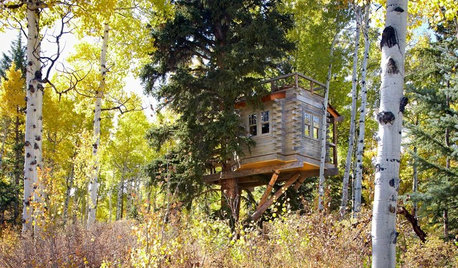
TREE HOUSESSwaying From Sleepovers to Dinner Parties in a Colorado Tree House
Folks of all ages have it made in the shade in this fun little house, thanks to electricity, a kitchenette and a rooftop deck
Full Story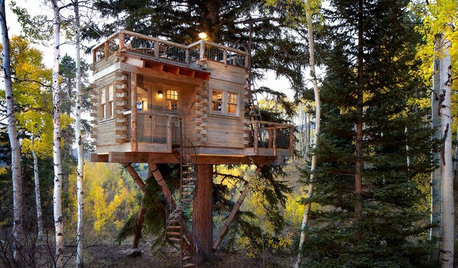
TREE HOUSESHouzz Call: Show Us Your Well-Designed Treehouse or Tree Fort!
Got a great treehouse or tree fort? We want to see it! Post yours in the Comments and we’ll feature the best in a future article
Full Story
GARDENING GUIDESGrow Your Own Privacy: How to Screen With Plants and Trees
Use living walls to lower your home and garden's exposure while boosting natural beauty in your landscape
Full Story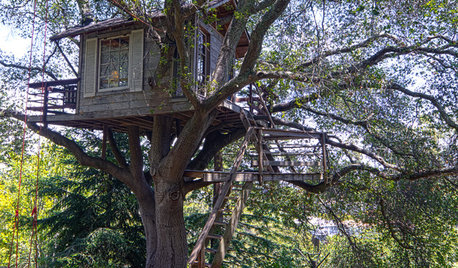
DREAM SPACESA Northern California Tree House Makes Memories
Designed with utmost respect for the tree cradling it, a cozy house gives overnighters an experience to cherish
Full Story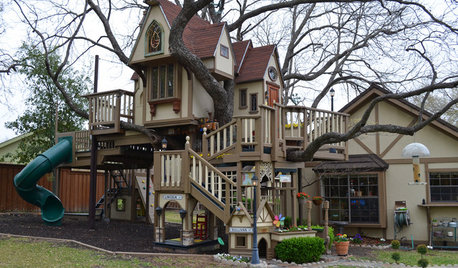
MOST POPULARThe Most Incredible Kids' Tree House You'll Ever See?
Duck your head to enter this unforgettable Dallas wonderwork, lovingly crafted with imaginative delights
Full Story
GARDENING GUIDESGreat Design Tree: Australian Tea Tree
A living sculpture with an unmistakable appearance, this coastal native creates an intriguing landscape scene
Full Story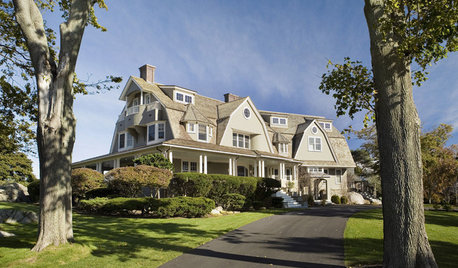
LIFEA Quick Downsizing Quiz for the Undecided
On the fence about downsizing? We help you decide whether that fencing should encircle a mansion or a mini trailer
Full Story
FENCES AND GATESModern Fencing for a More Secure Home
Deter would-be burglars without robbing your home of style, by installing a modern fence like one of these
Full Story
CHRISTMAS TREESGuest Picks: Christmas Tree Skirts for Every Style
Let's not skirt the issue: Christmas trees look more polished when the base is dressed
Full Story
GARDENING AND LANDSCAPINGCrazy for Fruit Trees
Whether a single citrus or a mini apple orchard, even the smallest landscape space can bear deliriously delicious fruit
Full Story








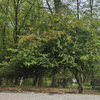
sam_md
lou_spicewood_tx
Related Professionals
Essex Landscape Architects & Landscape Designers · Middle River Landscape Architects & Landscape Designers · Roosevelt Landscape Architects & Landscape Designers · Burlington Landscape Contractors · Bedford Landscape Contractors · Fort Myers Landscape Contractors · Inglewood Landscape Contractors · Placerville Landscape Contractors · Roswell Landscape Contractors · The Villages Landscape Contractors · Dale City Siding & Exteriors · Lombard Siding & Exteriors · North Richland Hills Siding & Exteriors · Lincoln Decks, Patios & Outdoor Enclosures · Saint Louis Park Decks, Patios & Outdoor Enclosuresjqpublic
Beeone
aquilachrysaetos
lucky_p
spruceman
calliope
nativesnut
a_rambler_gmail_com